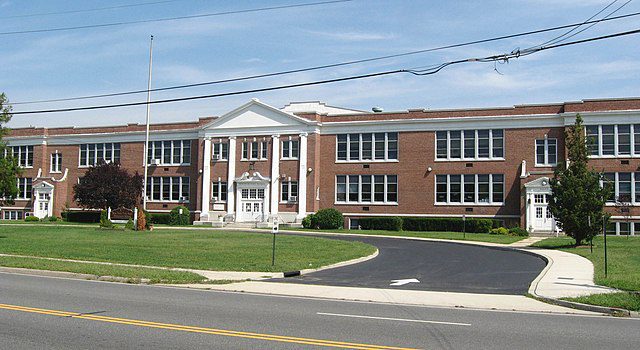
New Hyde Park-Garden City Park School District students will uncover the mysteries of science under their recently approved curriculum.
At the New Hyde Park-Garden City Park Board of Education meeting on June 10, a committee of educators in the district recommended to the board a hands-on curriculum that teaches children how to think like scientists.
The board approved the Mystery Science curriculum, which will be implemented in grades K through 5 in the 2024 to 2025 school year. This science course aims to promote critical thinking and keep students engaged.
Kim LaRegina, director of curriculum and instruction at the New Hyde Park-Garden City School District, said the current science program is more traditional.
She said the district formed a committee of educators to review the current science curriculum. After collaborating with the local high schools, Mystery Science caught the eye of the school faculty.
“They’re innovative in the way they deliver the information and the resources that students are given is more hands-on than any program that we were able to assess,” LaRegina said.
Each unit consists of various lessons. Within each lesson, there are engaging videos, discussion prompts, hands on activities to help students retain information, and informative texts.
LaRegina said each Mystery Science lesson starts with a “phenomenon” and a question that captures students, which makes them want to learn more.
Then, the unit takes the students through engaging videos about the topic. Before the students discover the answer of the initial question, they participate in a lab or a hand-on experience to navigate the question.
“‘Why do we see rainbows?’ was one lesson that I saw with a special ed class,” LaRegina said. “And so it hooked the children with this question that they want to navigate, but then gave the science behind that question and before they uncovered it, they do experiments to prove their answer.”
Each lesson will pose a series of clues, repeated discussions, and opportunities for reflection and disagreement. The goal of this is to create a high level of engagement among the students. Since each “mystery” will be highly engaging for the students, they are more likely to be invested in the activities and motivated to learn.
Under the new curriculum, kindergartners will learn about animal needs, plant needs, severe weather patterns, sunlight and warmth, and push and pull. First graders will learn about animal traits and survival, plant traits and survival, day patterns and night patterns, light, sound, and communication. Second graders will learn about animal biodiversity, plant adaptations, erosion and Earth’s surface, and material properties.
Third graders will learn about fossils, changing environments, life cycles, heredity, survival and selection, weather and climate, forces, motion, and magnets.
Fourth graders will learn about the human body, vision, the brain, Earth’s features and processes, sound, waves, communication energy transfer, and electricity. Fifth graders will learn about ecosystems, the food web, the water cycle, Earth’s systems, stars, the solar system, chemical reactions, and properties of matter.
LaRegina said that one of the teachers on the committee was a bit apprehensive about the new curriculum because her teaching style was more traditional. However, after testing the new curriculum, LaRegina’s colleague said she will “never go back.”
“More and more teachers started piloting this program last year and they’re very excited about it,” LaRegina said.
According to LaRegina, students said that the project and activities with this program were fun. She said students felt like detectives, trying to solve different mysteries.
LaRegina said the curriculum was purchased for one year to ensure that the students and teachers continue to enjoy it. The online component of the curriculum, which involves materials for labs, was also purchased.
The new science program is through Discovery Education. LaRegina said teachers will receive formal training by Discover Education for the curriculum at the end of August.
“We’re looking forward to it and I’m really hoping that it will engage our students as scientists and prepare them for high school and different avenues in life that encourage science,” LaRegina said.
To learn more about the new curriculum, visit MysteryScience.com.






